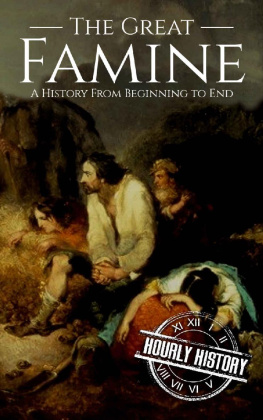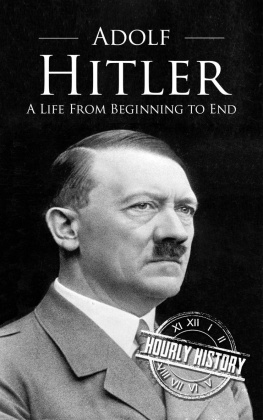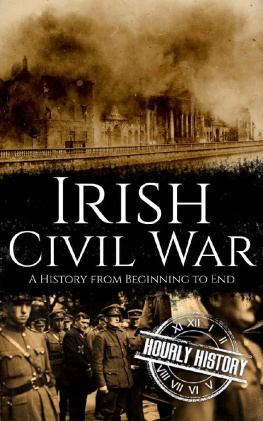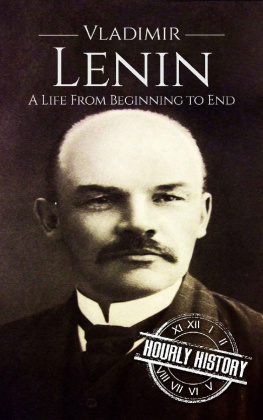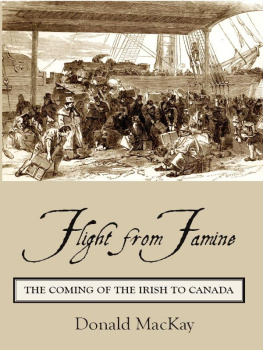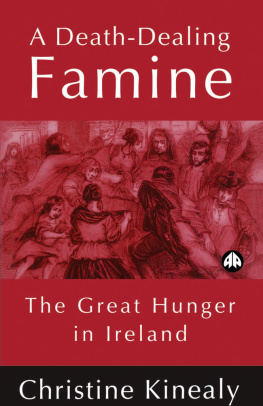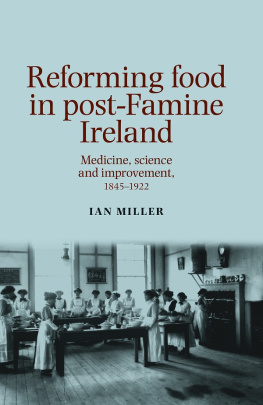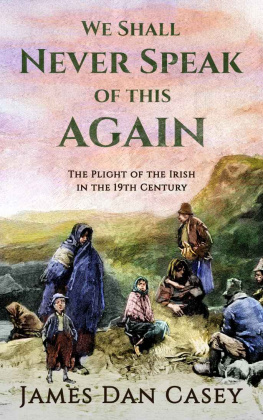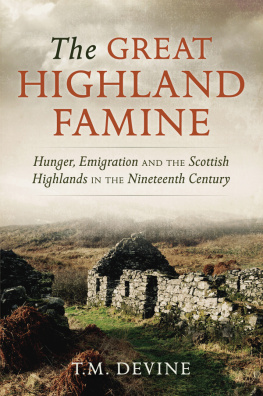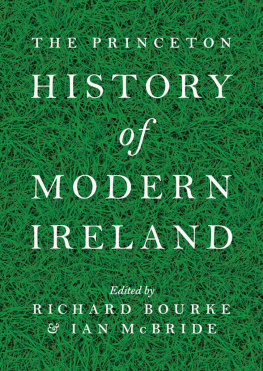THE GREAT FAMINE
A History from Beginning to End
Copyright 2019 by Hourly History.
All rights reserved.
Table of Contents
Introduction
By the middle of the nineteenth century, Victorian Britain was the most powerful and affluent country in the world. Its only serious rival, Napoleonic France, had been defeated at Waterloo in 1815. The British Royal Navy was unchallenged on the high seas and maintained trade routes between Britain and its empire which stretched across the globe. The Industrial Revolution had brought wealth to some while changing the way that the majority lived and worked.
However, while some people lived a life of comfort and ease, Victorian Britain was also a place of gross inequality. Only around one in five men had the vote, and women would not secure voting rights until the following century. Poverty was endemic in some British cities, and industrialization brought hardship with high levels of infant mortality and no legal protection for workers. Those who protested or tried to form trade unions were often brutally suppressed.
However, there was one part of the United Kingdom where inequality, poverty, and division were even more prevalent than any other. At the time Queen Victoria came to the throne, one-third of the British population lived in Ireland, a place even more split by sectarian, political, and social division than the mainland. In the years 1845 to 1849, a failure of several consecutive potato crops caused a famine in Ireland on such a scale to rival anything else seen in the nineteenth century.
More than ten percent of the population of Ireland died as a direct result of what became known as the Great Famine; more than twenty percent of the survivors decided to leave their country permanently. By the end of the Victorian era, the population of Ireland was around half of what it had previously been. How could this be? How could more than one million people be left to starve to death in a modern, industrialized, affluent country? Was this famine really a natural disaster or, as some people have claimed, a deliberately engineered attempt to decimate the troublesome population of Ireland?
In this book, we will discover the riveting story of the Irish Potato Famine.
Chapter One
Background
Why should Ireland be treated as a geographical fragment of EnglandIreland is not a geographical fragment, but a nation.
Charles Stewart Parnell
The island of Ireland lies across the Irish Sea from mainland Britain. The distance is less than fifty miles, but the history of the two islands is troubled and very different. Although Ireland has its own distinct culture and language, its proximity to England has meant that it was an unwilling part of the British Empire for much of its history. The first formal connection between Ireland and England occurred in 1172 CE when Pope Alexander III declared that King Henry II of England was the feudal lord of Ireland, giving the English king the right to hold estates in Ireland and to impose English laws on the country.
There followed several hundred years of strife between the Gaelic indigenous people and incomers from England. In 1542, Henry VIII was the first English king to also be formally inaugurated as the king of Ireland, but there were continuing revolts against English rule which culminated in a series of bloody confrontations in Ireland during the English Civil War. This was followed by a revolution in 1688 which ended when the deposed King James VII was finally defeated by Prince William of Orange at the Battle of the Boyne in 1690.
The British government continued to see Ireland as a potential source of rebellion and the Irish people as dangerous radicals. In 1695 and 1704, partly as punishment for their support of King James VII, a series of draconian Penal Laws were passed which targeted the Catholic majority in Ireland. Catholics were forbidden to vote or to join the British Army, and their opportunities for education were severely limited. Anyone who did not take communion in the established Church of England was barred from holding any form of public office or employment. For most of the eighteenth century, Catholics in Ireland remained discriminated against in favor of Protestant incomers from England who became the most significant landowners in Ireland.
Then, in 1775, the culmination of the American Revolutionary War gave hope to those Irish people who dreamt of independence. American revolutionaries had waged a successful war against the British Empire and had established their own country on a democratic and non-sectarian basis. In the late 1700s, the revolution in France swept away the monarchy and replaced it with a new form of democratic government. These dramatic developments gave hope to the Irish, and in 1798 a rebellion against British rule erupted.
The rebellion was led by the United Irishmen, a republican revolutionary group led by disaffected Presbyterians and supported mainly by the Catholic population of the country. Against them stood the British Army supported by Protestants from the north. The war which followed was brutal, bloody, and confused. At one point a French Revolutionary Army attempted to land in the south of Ireland to support the Republicans but was defeated by the British Army and Navy. No one is quite sure how many people died during this rebellion, though some estimates suggest that there may have been up to 50,000 casualties, many being prisoners and civilians massacred by both sides.
The rebellion formally ended in 1798 with the defeat of the Republicans, but in several Irish counties there was a form of undeclared guerilla warfare between remnants of the Republican Army and Loyalists until as late as 1803. Determined to prevent any further insurrection in Ireland, the British and Irish parliaments passed the Act of Union in 1800 which formally made Ireland a part of the United Kingdom and removed any last vestige of autonomy from the Irish people by abolishing the Irish Parliament.
During the first quarter of the nineteenth century, there was a great deal of agitation within Ireland for the repeal of the acts of parliament which disenfranchised Catholics. These efforts were led by the Catholic Irish lawyer and politician Daniel OConnell who, in 1823, formed a non-violent organisation named the Catholic Association aimed at the abolition of the Act of Union and the restitution of the Irish Parliament and the repeal of the Penal Laws.
OConnell was unsuccessful in attempting to repeal the Act of Union, but his movement led to the passing of the Roman Catholic Relief Act 1829 which finally allowed Catholics to sit in the British parliament. Daniel OConnell was elected and took his seat to become the first Catholic member of parliament in Westminster since 1689.
However, there were other movements in Ireland which were less peaceful in their approach. Periodic unrest and violence broke out in several areas of Ireland. In Ulster in the north, there were repeated clashes between Catholics and the Protestants of the newly established Orange Order. In rural areas most landowners were either English or Protestant or both, and tenant farmers and farm workers could be evicted at short notice and were very poorly paid. In response, a number of secret societies sprang up which were dedicated to stand up for tenants rights. The Ribbon Society, for example, was a secret, agrarian society which used the threat of violence and intimidation to prevent landlords from evicting poor tenants.
Members of groups such as the Ribbon Society (who became known as Ribbonmen) generally supported OConnells Catholic Association as well as Irish independence. This brought them into frequent conflict with the Orange Order, a protestant, loyalist fraternal order. These confrontations sometimes became violent, as in the attack by Ribbonmen on a tavern in the village of Garvagh in County Londonderry in 1813 where members of the Orange Order were holding a meeting. One Ribbonman was killed in the attack, and the northern part of Ireland became the scene of several violent clashes between these two groups.

